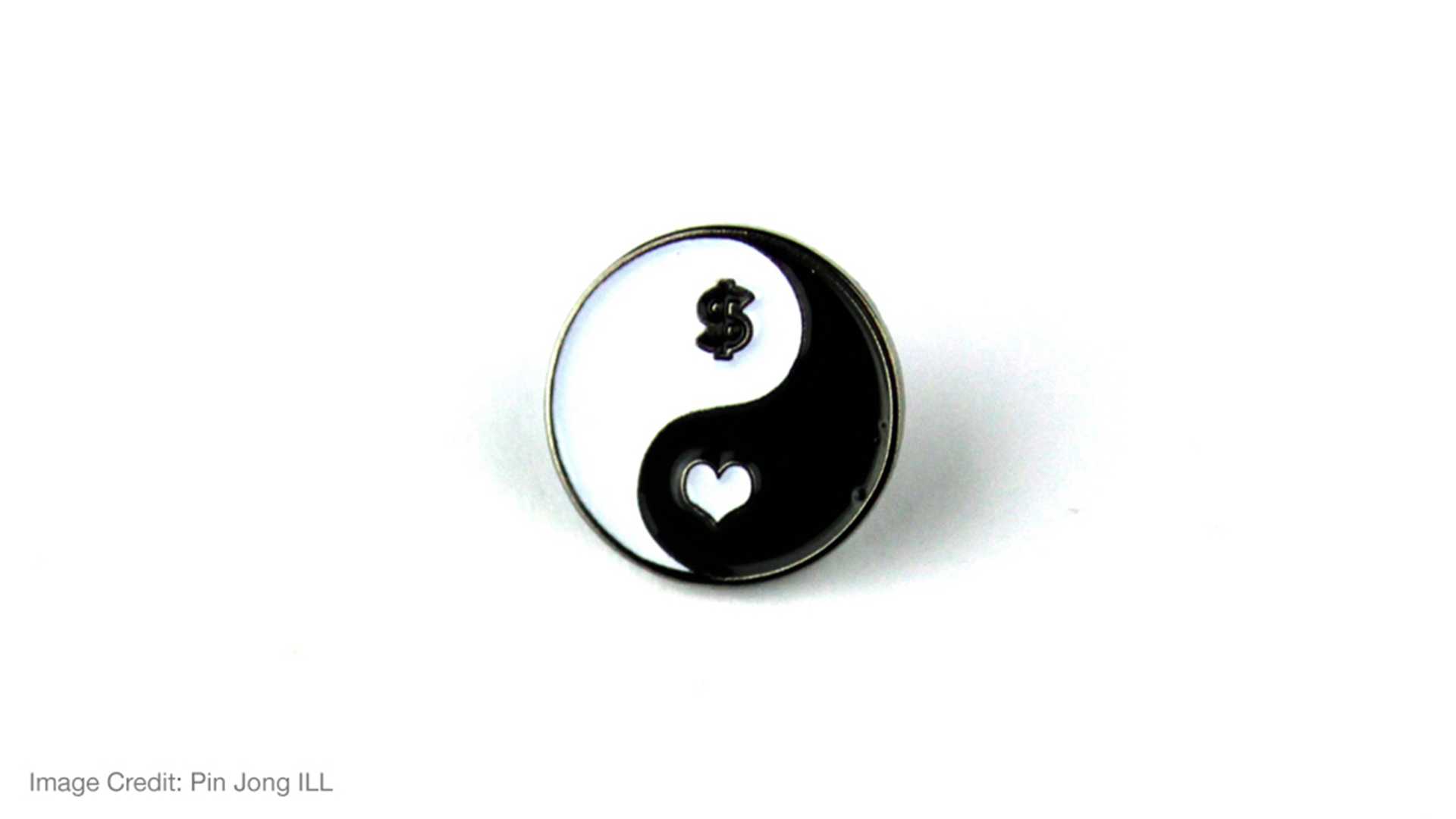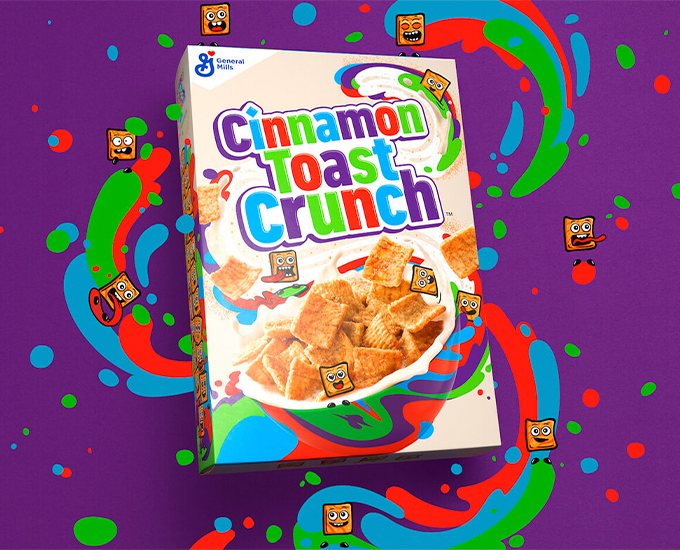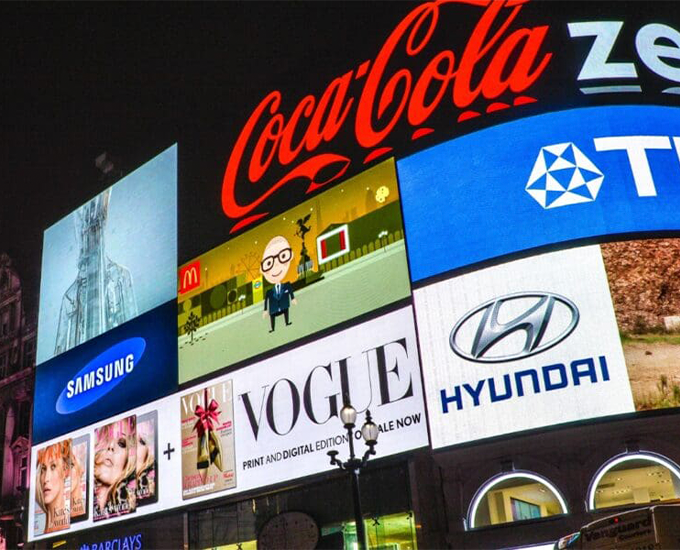Peanut butter and jelly, Bonnie and Clyde, salt and pepper, business and brand….
Business and brand are like yin and yang. The two need each other not only to survive, but to thrive. Without the business, the brand has nothing to tangibly offer, so no one will believe in it. And without the brand, the business has no meaning to consumers, so no one will buy it. Still, there’s no chicken-egg dilemma in this relationship. You need a business first to create a brand that effectively represents it. But what’s often forgotten is that the brand must equally influence the business, too.
In fact, despite what many people may think, brand buildinging isn’t a static event that is done after the brand guidelines and final files are delivered. A brand is the living representation of a business and as such, it must be what the business is always living by. Beyond color palettes and taglines, the most authentic companies are those that use their brand reputation as a beacon to guide their business forward, and bring their brand to life in everything they do.
But how do you do that? How do you embrace your brand as bible and leverage it to strengthen your business? Here are just a few principles you should make sure to follow.
Embody your brand throughout your business
Your brand identity doesn’t just set you apart—it also sets expectations. When you present a unique point of view on the world, consumers expect to see those ideals reflected in your own corporate behavior. That’s why beyond packaging, advertising, or even interior design, your brand must be expressed in the intangible and internal facets too.
A company that best exemplifies this is Starbucks, one of the most iconic brands in the world on a mission to “inspire and nurture the human spirit.” Just as they carefully curate their coffee shops to foster quality human connection, they are equally invested in nurturing the personal growth of their employees (or as Starbucks refers to them—their partners). Among their many incredible employee initiatives, most notable is the Starbucks College Achievement Plan which covers the tuition of any employee who works at least 20 hours a week. It’s clear that Starbucks’ brand isn’t just the skin they’re in, it’s the ideals they embody in every aspect of their business, making it obvious why they’re a cult-favorite across the globe.
Defend your brand identity in your business decisions
Your brand reputation is the promise your business makes to consumers, and as such, it should never make promises your business can’t keep. This is especially essential in today’s purpose-driven branding era, where more than ever, consumers want ideas they can buy into, not just products they can buy.
Take Robinhood, for example; a brokerage app that, much like its namesake, brings “the riches of the stock market to everyday people.” In response to the recent GameStop incident that took place on their app, the company seemingly chose to protect its own “riches” or bottom line over defending its “everyday people,” leaving millions of Robinhood users feeling betrayed. The business completely abandoned its brand promise when called upon to publicly uphold it, shattering its credibility and causing many users to close their accounts.
On the opposite end of the spectrum, Patagonia’s famous “Don’t Buy This Jacket” campaign is one of the all-time best examples of defending your brand promise in your business practices. The company was willing to take a loss to stand up for what they believed in, and in doing so, reinforced the unwavering commitment to sustainability that makes consumers choose Patagonia with confidence.
Keep things tidy
I’ll never forget how upset my Bubbie used to get when a company would discontinue a product she loved (which is why she always bought things in threes), but now that I’m on the other side of the glass, I understand why. Just as brands must keep pace with culture, so too must the businesses behind them, and that demands keeping the chopping block out in perpetuity. Scrutinize how each of your existing or future offerings effectively aligns your brand with real consumer needs. If you find that a product doesn’t “spark joy” for your consumers, don’t launch it, reposition it, or get rid of it.
Although I’m not a car whiz, my fiancé never stops talking about them, and after we watched Ford vs. Ferrari together, one of his car ramblings stuck with me. He told me that in 2018, Ford announced they would be winding down production and sales of sedans in the U.S. and instead focusing all their efforts on SUVs, trucks, and crossovers. Although I didn’t believe it at first, he explained how Ford has always been known for its larger vehicles, even in the early days of the company. Apparently the Ford F-150 is the best-selling vehicle in the country, and has been for 40 years! Albeit a quick Ford crash course (no pun intended), one thing is clear: Not only does Ford’s decision reassert the brand’s perception of leadership in SUVs and the like, but it also gives their consumers more of what they want (aka, not sedans). As we get ready to say goodbye to Ford Fusions, Focuses, and Fiestas, at least we can applaud the company’s strategic move to keep their brand and business in lock-step with changing consumer needs.
Stay agile
Though brand guidelines may seem restrictive, it’s important to remember that they’re a guide, not a strait jacket. In fact, your brand identity is a flexible tool you can leverage to grow your business into new arenas, but the key is knowing how to properly flex it. After all, consumer desires will inevitably change, so it is essential to stay agile and evolve alongside them—that is, only if you don’t abandon who you are every time you do. As long as you stay true to the essence of your brand strategy, your business will never be limited by it.
About a year ago, our team at Pearlfisher partnered with Colgate to help them effectively enter a new market: affordable electric toothbrushes. Of course, we wanted to create something that fit with the Colgate brand—something positive, trusted, and effective—but there was also a huge opportunity to cater to a younger audience who gravitated toward brands with more charm and energy. For this reason, we strategically flexed the brand in creating an endorsed brand, Hum by Colgate. With Hum, we didn’t reinvent Colgate—we simply drew from the brand’s DNA to create a fresh and modern expression, allowing the business to reach a new audience without diluting the core Colgate brand.
So, let’s recap. Always remember to think of your business and brand like yin and yang, and with these four principles to guide you, you’ll be sure to stay relevant in the hearts and minds of your consumers.






